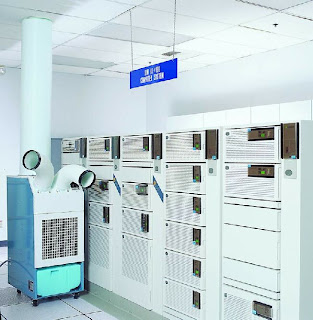
Follow the life cycle of an IBM Power Blade installation
Power blades, the IBM BladeCenter JS12 and JS22, have increased the number of hardware platforms for IBM i applications. Using proven PowerVM technologies such as logical partitioning (LPAR) and dynamic resource movement, the JS12 and JS22 provide a novel approach to workload consolidation, efficiency, and power cost reduction for IT environments.
Here, I provide tips and techniques on making the BladeCenter solution work, drawing on experience from the front line of planning for, implementing, troubleshooting and helping design the next stage of IBM i on a Power blade. Together, we'll trace the life cycle of an implementation to help you navigate any challenging terrain.
The Planning Stage
The Planning Stage
This phase begins with the simple question, “Is IBM i on a Power blade right for this environment?” Alternatives to this solution are to deploy IBM i on a POWER6 processor-based IBM Power rack server, and to implement Windows applications on x86-architecture blade servers with an Internet SCSI (iSCSI) connection to IBM i on a rack server. Considerations include
the number, type and size of IBM i servers (AS/400, iSeries, System i)
the number and size of Windows servers
operating system levels and plans to upgrade
type of existing storage (integrated vs. SAN)
existing skills (IBM i, Power hardware, Windows, SAN, AIX/VIOS)
potential power and cooling savings with the BladeCenter
Almost all IBM i and BladeCenter implementations involve Windows integration on blade servers as well. Frequently, migrating IBM i to a Power blade is the final step of an ongoing BladeCenter consolidation project. The closest equivalent to running IBM i on a traditional Power server is the BladeCenter S because of its integrated SAS storage. This type of implementation is best suited to a small IT environment with several servers. For larger installations, including Storage Area Network (SAN) and a BladeCenter H is most appropriate. Keep in mind that in both cases, the necessary skill set includes non-IBM i storage management (BladeCenter S or SAN) as well as working with BladeCenter hardware and Virtual I/O Server (VIOS)-based virtualization.
For more details visit http://systeminetwork.com/article/installing-ibm-i-power-blade-tips-and-techniques
I really appreciate information shared above. It’s of great help. If someone want to learn Online (Virtual) instructor lead live training in BLADE CENTER, kindly contact us http://www.maxmunus.com/contact
ReplyDeleteMaxMunus Offer World Class Virtual Instructor led training on BLADE CENTER. We have industry expert trainer. We provide Training Material and Software Support. MaxMunus has successfully conducted 100000+ trainings in India, USA, UK, Australlia, Switzerland, Qatar, Saudi Arabia, Bangladesh, Bahrain and UAE etc.
For Demo Contact us.
Nitesh Kumar
MaxMunus
E-mail: nitesh@maxmunus.com
Skype id: nitesh_maxmunus
Ph:(+91) 8553912023
http://www.maxmunus.com/